Dogs are fascinating creatures with an intricate range of behaviours that help them communicate with humans, other dogs, and their environment. Among these is submission, a natural behaviour deeply tied to a dog’s social instincts and interactions.
But what exactly does submission in dogs look like? And how can we, as dog owners and caretakers, interpret and manage it effectively? This blog will unravel the different aspects of submission in dogs, from recognising submissive behaviours to training a balanced canine companion. We’ll also explore the potential risks of dogs being overly submissive or lacking submission altogether.
By the end of this post, you'll have a complete understanding of submission in dogs and how it impacts your relationship with your furry friend.
What is Submission in Dogs?
Submission is a behaviour displayed by dogs to signify non-aggression. It’s often used as a form of communication to signal trust, avoid confrontation, or acknowledge another dog or person’s dominance. For most dogs, submission is instinctive and helps maintain harmony in social interactions.
Signs of Submission in Dogs:
Submissive behaviour can be expressed through various signs. These may range from subtle body language to more obvious actions:
-
Lowered body posture: A dog lowers its entire body as if “shrinking down” to appear smaller and non-threatening.
-
Tucked tail and avoiding eye contact: Often paired with a tucked-in tail, a submissive dog avoids direct eye contact to prevent escalation of tension.
-
Muzzle licking: A dog may lick another dog's muzzle or a human's hand as a gesture of respect and affection.
-
Submissive grin: Some dogs display a smile-like expression by pulling back their lips; this is known as the "submissive grin."
-
Roll onto their back: When dogs show their belly, it's a clear sign of utter submission and trust.
It’s crucial to note that submissive behaviour is not about fear alone. While fearful dogs may exhibit submission to avoid perceived danger, others display submissive behaviour out of affection, playfulness, or just habit.

Natural Submissive Behaviours vs. Learned Submission
Dogs "inherit" submissive tendencies through their ancestral instincts, which helped wolves and wild canines coexist in packs. For puppies or younger dogs, these behaviours are part of their personality traits, signalling respect to adult dogs or more dominant dogs.
However, submission in dogs can also be learned or reinforced through interactions with humans and other animals. For instance, dogs may display submissive urination or excitement urination when greeting a person or another dog they regard as an authority.
Environmental Influence
Submissiveness may vary depending on an individual dog's upbringing and environment. A balanced, confident dog displays submissive behaviour appropriately when interacting with other animals or avoiding confrontation.
On the flip side, fearful or overly submissive dogs may need additional care and training to build their confidence.
How to Train a Dog to Display Healthy Submission
Training a dog to exhibit appropriate submissive behaviours is key to fostering a harmonious relationship between the dog, humans, and other animals. The goal is to nurture behaviours that help avoid conflict while encouraging your dog’s confidence.
1. Start with Positive Reinforcement Training
Use positive reinforcement techniques like treats, praise, or toys to reward desired behaviours. When your dog approaches you calmly or avoids aggressive behaviour, reward them. Avoid dominance-based training methods, as these can undermine a dog’s confidence and escalate fear.
2. Recognise and Reward Passive Submission
When your dog lowers their body posture, avoids direct eye contact, or demonstrates other passive signs of submission, acknowledge this with a calm and friendly tone. This helps maintain trust and positive association.
3. Build Your Dog’s Confidence
All dogs, even those that are naturally submissive, benefit from confidence-building activities. Things like agility training, interactive play, and desensitisation exercises teach your dog new skills and reassure them they're safe, even in unfamiliar situations.

4. Socialise Regularly
Introduce your dog to other dogs and humans in a controlled environment. Early socialisation helps dogs develop healthy behaviours when facing dominant or aggressive dogs, allowing them to de-escalate situations effectively.
5. Address Underlying Causes
If your dog’s submissive behaviour stems from fear (e.g., of loud noises, other dogs, or humans), identify the underlying cause. Fearful dogs may need gradual exposure to the trigger in a non-threatening context combined with soothing reinforcement.
6. Avoid Discouraging Natural Behaviours
If your dog growls or exhibits a clear sign like lip-licking during play, it’s simply their way of communicating. Discouraging these natural instincts could inhibit self-defence and make your dog feel unsure in situations of perceived danger.
When Submission Goes Too Far (or Not Far Enough)
While submission plays a key role for most dogs in their behavioural patterns, striking the right balance is essential.
Overly Submissive Dogs
Dogs that are excessively submissive may shy away from interactions and struggle with fear-based behaviours. Overly submissive dogs may exhibit:
-
Persistent submissive urination
-
Tucked tail even in non-threatening situations
-
Reluctance to engage with other dogs, people, or environments
If left unchecked, these behaviours can lead to a decline in the dog’s confidence. Positive reinforcement and confidence-building exercises are vital for such dogs.

Lack of Submission/Dominant Dog
On the other hand, dogs that exhibit dominant behaviours without acknowledging submission may demonstrate aggression. A dominant dog may exhibit:
-
Direct eye contact when challenged
-
Raised hackles or growling as a way to assert superiority
-
A refusal to back down in confrontational encounters
This can result in unwanted behaviours, especially when interacting with humans or other dogs. Dogs that lack submission entirely may need professional training to understand healthy boundaries.
Understanding Your Dog’s Personality Traits
It’s important to remember that each dog is unique, and not all behaviours fit into one mould. A dog's personality traits often dictate how submissive, confident, or dominant they are. While natural submission in dogs is beneficial for group dynamics, an owner’s role is to ensure these behaviours are expressed appropriately, never out of fear or distress.
By watching your dog’s body language, including their ears, tail, posture, and facial expressions, you can identify the context of their behaviours. For example, a wagging tail paired with lowered body posture shows friendliness, while a dog's gaze avoiding eye contact signals non-aggression.
Building a Balanced and Happy Relationship
Submission in dogs is not only a natural expression of their instincts, but it’s also a tool for fostering trust and healthy relationships with humans, other dogs, and other animals. By understanding your dog's body language, guiding their behaviours through positive reinforcement, and promoting their confidence, you can build a happy and balanced relationship.
If your dog displays extreme signs of submissiveness or dominance, consider consulting a professional trainer or behaviourist who specialises in positive reinforcement training. Every dog deserves to feel secure, understood, and loved.

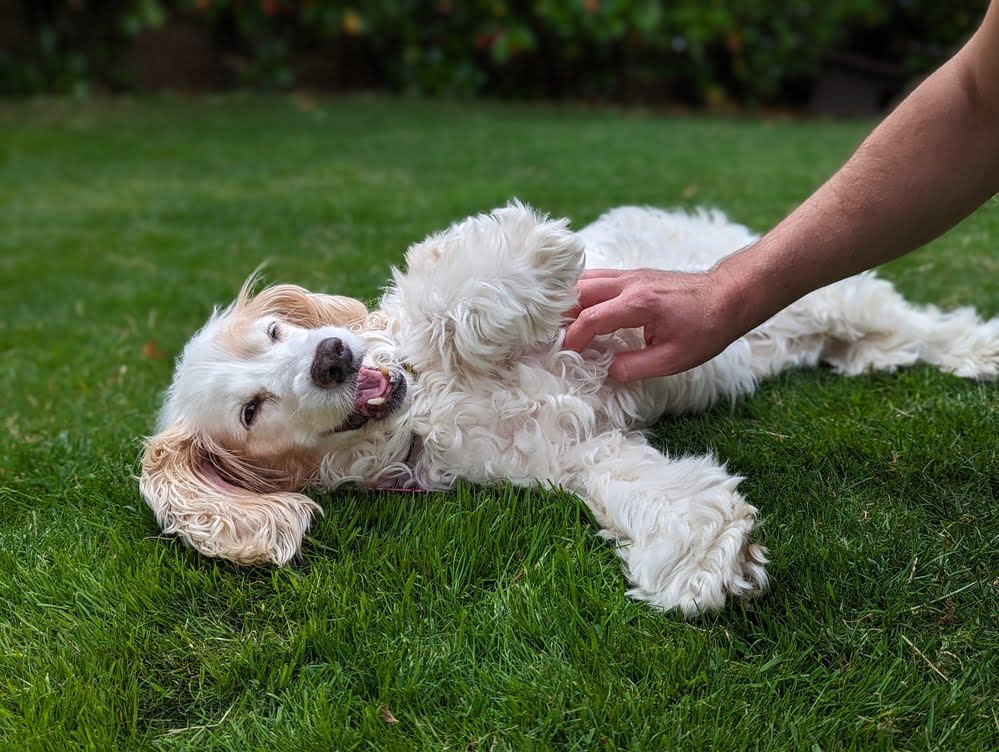
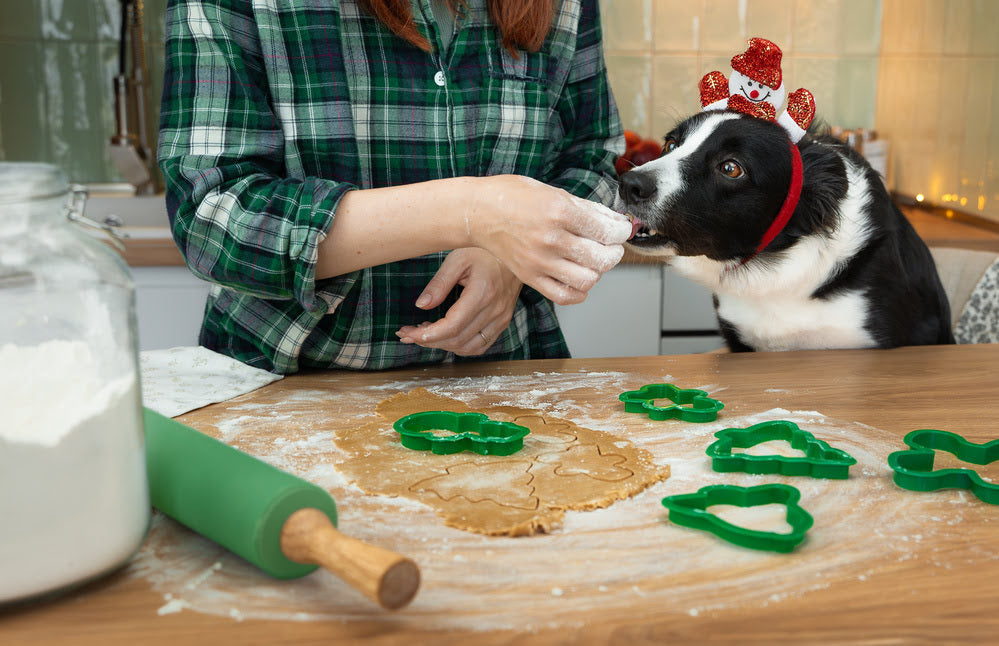

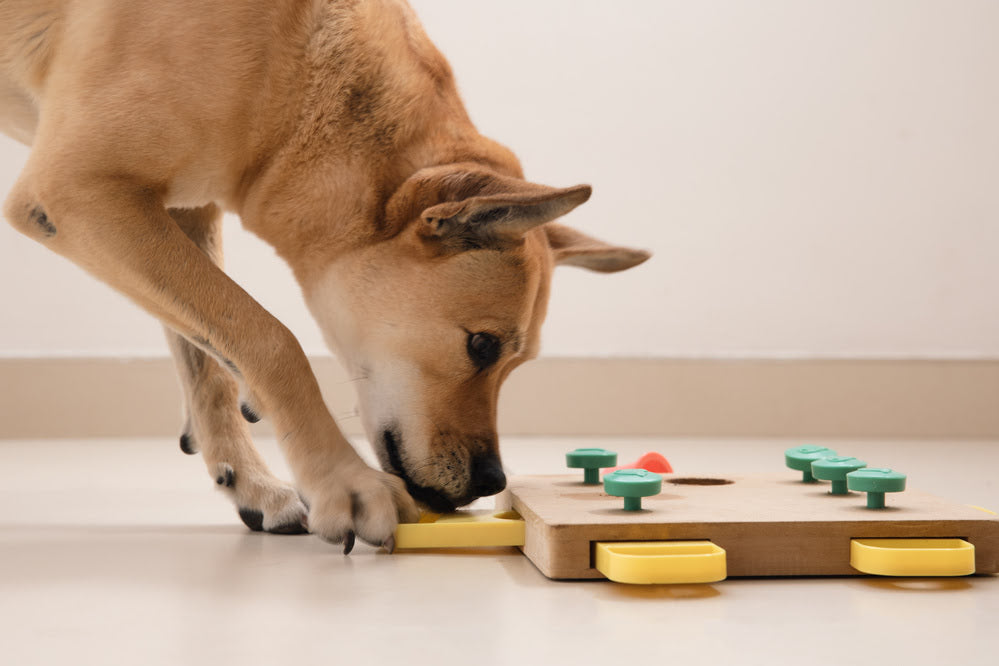



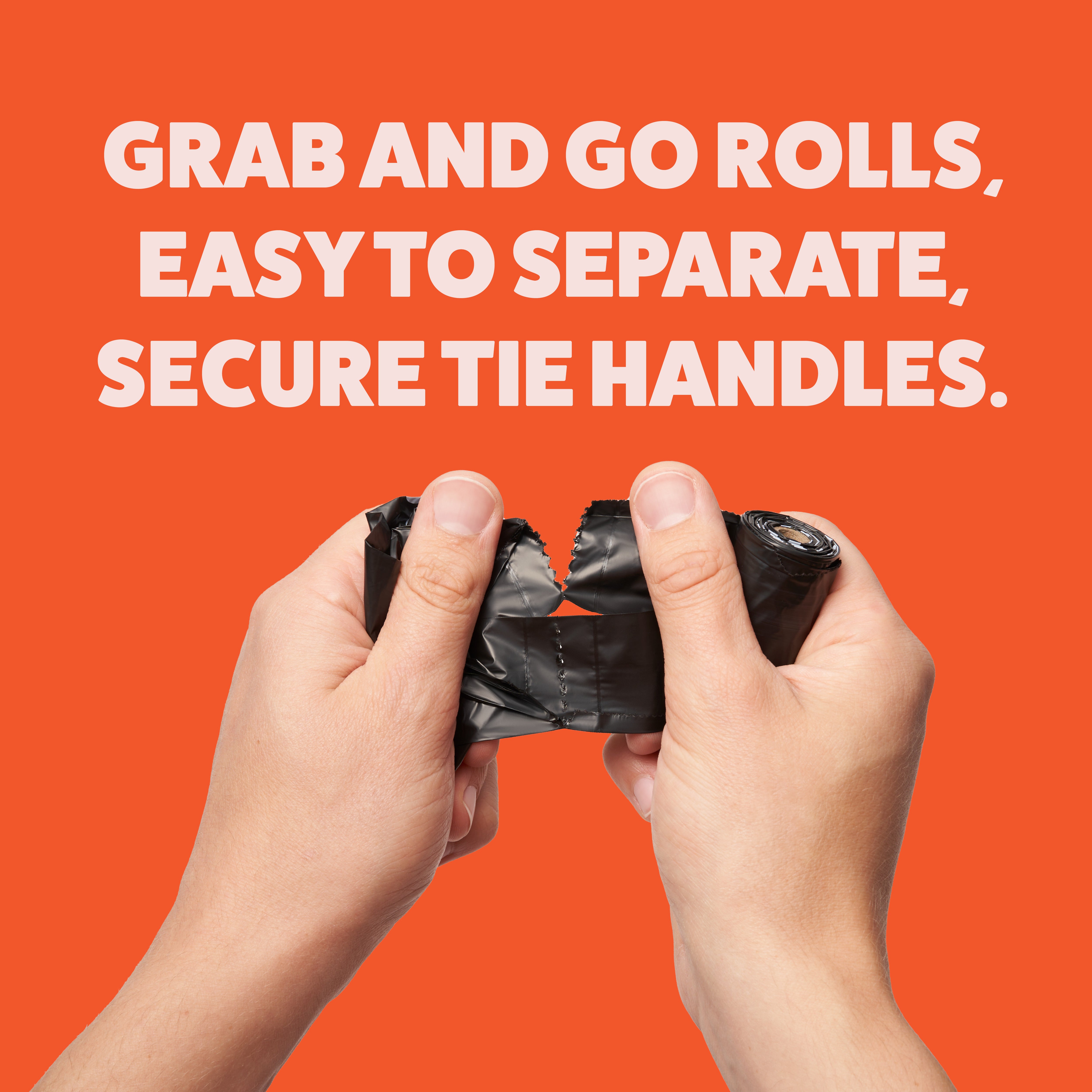

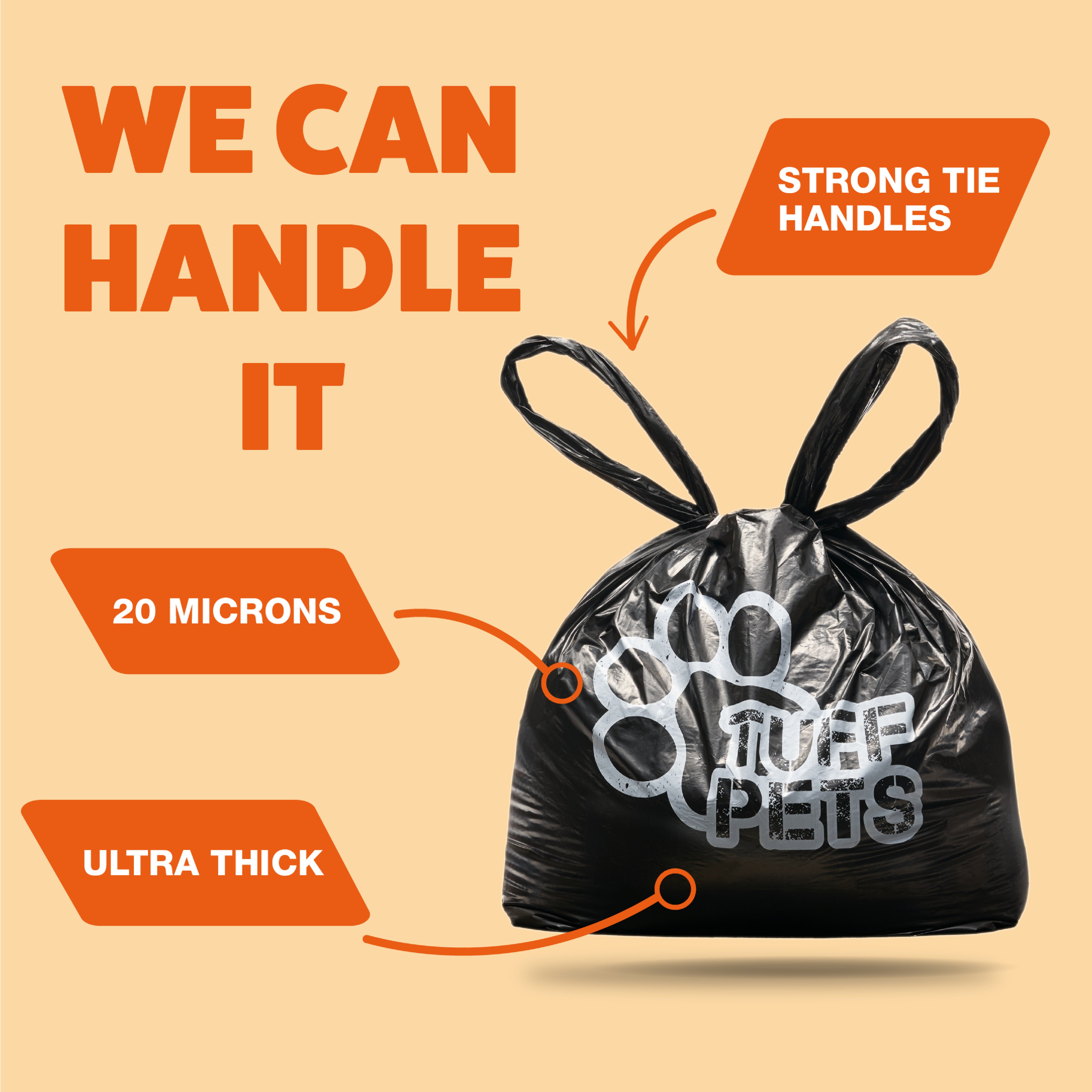


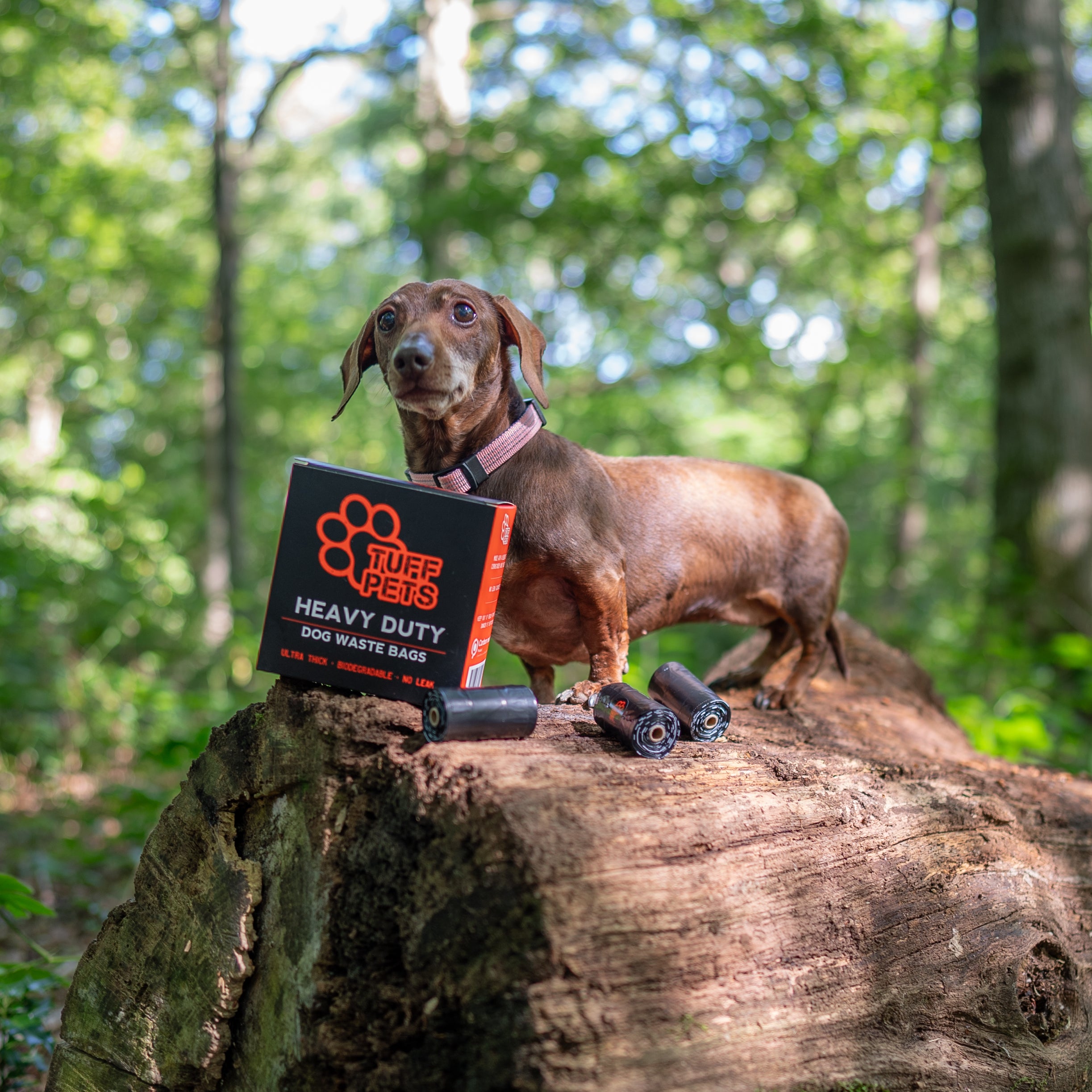


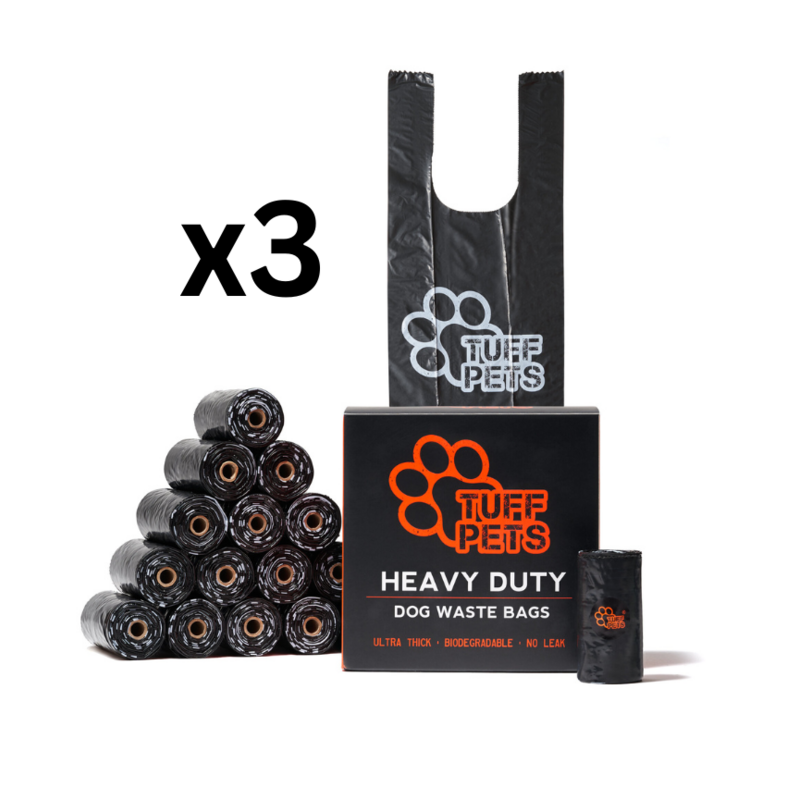

Share:
Why Does Your Dog Roll in Grass? Understanding the Behaviour and How to Manage It
How Often Should You Wash Your Dog? A Guide for Pet Parents